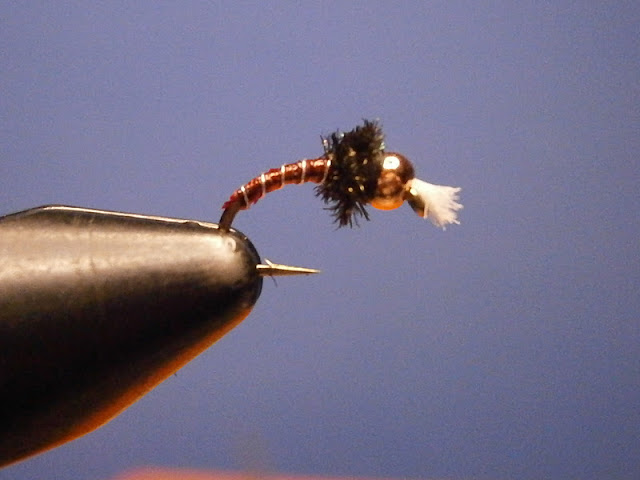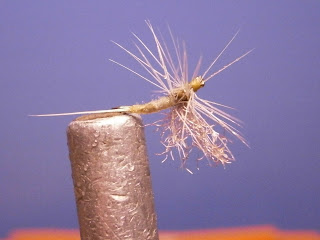Well, its raining here in great north east....again! So much rain this year, its rather remarkable for sure. With the rain falling I decided to stock my plates with a fly of what is now becoming legend. The quill Gordon. Theodore Gordon "The father of dry fly fishing" is credited with its creation. Although he never mentioned it in his writings, he only mentioned the "blue quill gordon". Perhaps that what he called the quill gordon. Never the less Theodore Gordon was an amazing fly fisherman with a wealth of knowledge. Unfortunately he didn't like to share! However he did make a great impression on the sport and art of the fly. He did leave us with a great legacy of the Catskill fly tier. Ok enough of the history lesson.

The quill Gordon to me is a deadly fly February right through mid April. I tie them 3 ways. Catskill, Wet fly, and Parachute. I use the catskill in the riffles, the parachute on flatter waters and the wet fly any where. The wet fly is a great producer in the late winter and early spring. With a great deal of takes coming on the end drift swing and hang. I tie the wet in sizes 12-18, with 16 being my most commonly used. The dries, I tie them in 14s to 18s. I haven't seen a larger one then a 14 in my area.
The nymphs of this fly are clingers, they are commonly found in shallower riffles, and other areas of swift moving water. The trout can found in these areas at hatch time, a good number of trout will also sit in the transition from riffle to run or to pool, and wait for the duns to come riding down in the film. The nymphs hatch on the bottom and in the water column on the way to the surface. This why the wet fly is important.
Now the fun part, Lets twits some up! This tutorial will be for the wet fly. I will do the dries in upcoming tutorials.















































